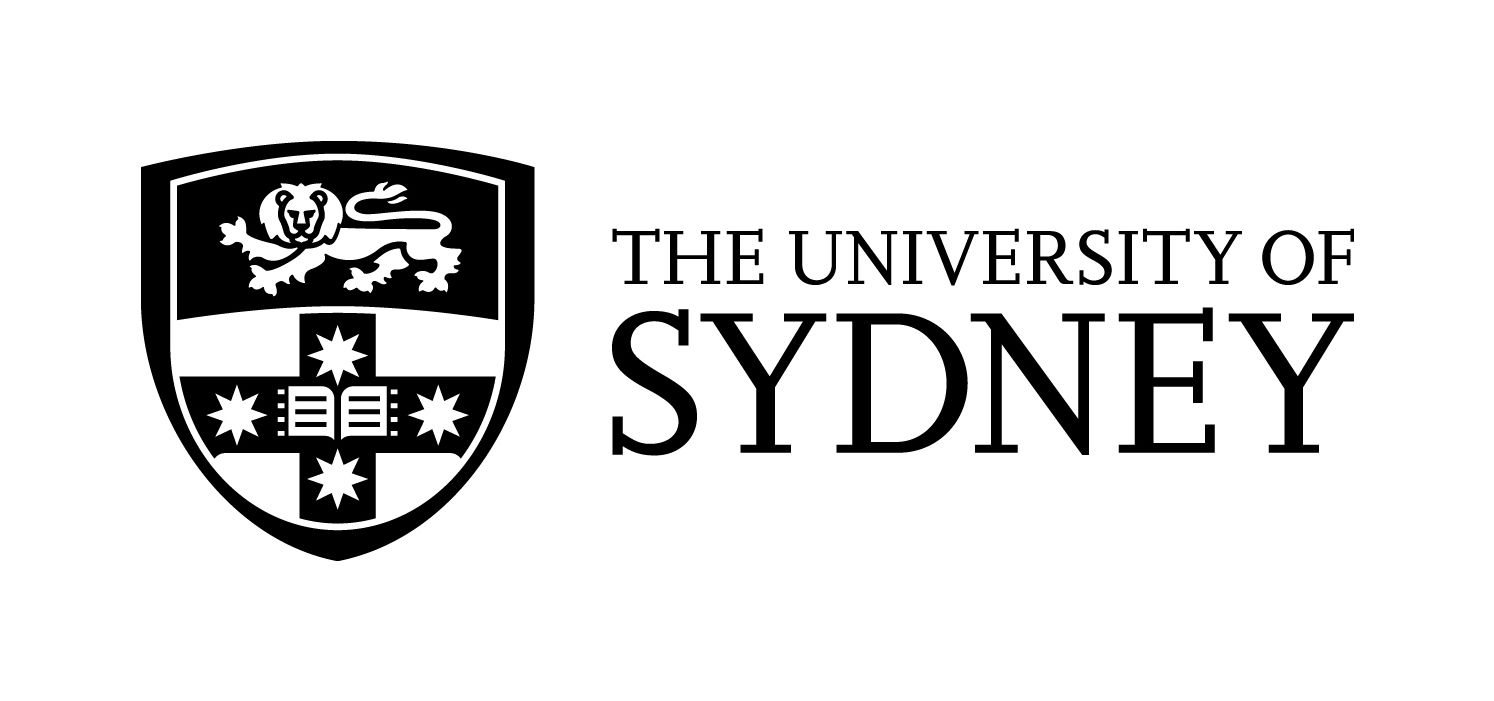Full description
An Atom Probe Microscope (APM) is used to characterise the chemistry and 3D structure of materials (such as metals, alloys, semiconductors, superconductors, ceramics) at the atomic scale. The Atom Probe Workbench (APW) contains the computational tools that are necessary to analyse data from an APM, and runs on Linux (CentOS version 6.4) Virtual Machines within the NeCTAR cloud. The Atom Probe Workbench was developed as one of four application drivers of the NeCTAR Characterisation Virtual Laboratory (CVL) project: Energy Materials - Atom Probe. The APW is a suite of individual atom probe analysis tools (both open and closed source) developed by Atom Probe researchers around the world. APW also contains a collection of customised open source programs such as Galaxy (workflow engine), MyTardis (data sharing, usage tracking, citation reporting), and other command-line scripts (usage reporting). These open source programs provide additional functionality to allow a researcher to properly track and monitor the use of intellectual property. The pre-existing atom probe software tools included in version 1.0.0 of the Atom Probe Workbench are listed below (software name, software version, whether executable and/or can be part of a workflow, description, main author of the software). Each tool has a required citation as part of the terms of use, which can be found through the citation reporting link in MyTardis and in the online help. 1. 3Depict 0.0.15 (executable only): A visualisation and analysis tool for reconstructed atom probe data (open source code). Main author: Daniel Haley. 2. CAW 0.2.4 (executable and workflow): A cluster analysis wizard for reconstructed or simulated atom probe data, that works with the NN tool. Main author: Leigh T. Stephenson. 3. Crystallography 0.0.3 (executable and workflow): Determines the rotation matrix and Euler angles between two matrices describing the orientation. Main author: Vicente Araullo-Peters. 4. eff_off 0.2.1 (executable and workflow): Calculates the projected cluster size histogram, if detector efficiency was taken into account. Main author: Leigh T. Stephenson. 5. FourierTransform 0.2.3 (executable and workflow): Calculates the Fourier Transform of a reconstructed or simulated atom probe data. Main author: Anna V. Ceguerra 6. LevelSet 0.0.2 (executable and workflow): Simulation of ion trajectories in 2D, using an image (open source code). Main author: Daniel Haley. 7. MRF 0.2.2 (executable and workflow). 3D Markov Field cluster analysis for reconstructed or simulated atom probe data. Main author: Anna V. Ceguerra. 8. NN 0.2.4 (executable and workflow): Nearest neighbour analysis tool for reconstructed or simulated atom probe data. Main author: Leigh T. Stephenson. 9. OBJexport 0.0.4 (executable only): Export OBJ files from reconstructed or simulated atom probe data (open source code). Main author: Peter J. Felfer. 10. posgen 0.0.1 (executable and workflow): Atom probe data simulator for command line using XML input files (open source code). Main author: Daniel Haley. 11. POSminus 0.2.3 (executable and workflow): Removes the atoms found in the second file from the set of atoms found in the first file, within reconstructed or simulated atom probe data. Main author: Anna V. Ceguerra. 12. rdf-kd 0.0.1 (executable and workflow): Radial distribution function calculation tool for reconstructed or simulated atom probe data (open source code). Main author: Daniel Haley. 13. SDM_1D_calculate 2.0.2 (executable and workflow): 1D spatial distribution map calculation tool for reconstructed or simulated atom probe data. Main author: Michael P. Moody. 14. SDM_1D_plot 0.0.4 (executable and workflow): Plotting tool for SDM_1D_calculate output. Main author: Andrew J. Breen. 15. SDM_2D_calculate 2.0.2 (executable and workflow): 2D spatial distribution map calculation tool for reconstructed or simulated atom probe data. Main author: Michael P. Moody. 16. SDM_2D_plot 0.0.4 (executable and workflow): Plotting tool for SDM_2D_calculate output. Main author: Andrew J. Breen. 17. XRNGeditor 0.0.2 (executable only): A visual XRNG file creation tool for reconstructed or simulated atom probe data (open source code). Main author: Peter J. Felfer. Acknowledgements The authors acknowledge the facilities and the scientific and technical assistance of the Australian Microscopy & Microanalysis Research Facility at the Australian Centre for Microscopy & Microanalysis at the University of Sydney, in particular Thomson Chow, Takanori Sato and Deirdre Molloy. We acknowledge the work of the students and interns who were involved in this stage of the deployment effort, including Prasad Cheema, Alex Belini, and Edward Phillips. We are also thankful of the work by the Information and Communications Technologies (ICT) department at the University of Sydney: Justin Chang, Alexandra Voronova, Chris Albone, and Neal Anderson. We acknowledge the work of the core CVL technical staff, namely Anitha Kannan, Jupiter Hu, Chris Hines, James Wettenhall and Paul McIntosh, as well as the MyTardis team comprising Steve Androulakis, and Grischa Meyer. We also acknowledge the technical work performed by Intersect Australia team including Carlos Aya, David Angot, Cameron Maxwell, Sean Lin, and Ibrahim Taoube. University of Sydney is proud to be in partnership with the National eResearch Collaboration Tools and Resources (NeCTAR) project, Monash University, University of Queensland, ANU, AMMRF, ANSTO, Australian Synchrotron and the National Imaging Facility, to create the Characterisation Virtual Laboratory. This project will benefit the Australian research community by integrating Australia’s research imaging facilities with its computational, data storage infrastructure, and providing access to a wide variety of tools for data processing, analyses and visualisation.
User Contributed Tags
Login to tag this record with meaningful keywords to make it easier to discover
- DOI : 10.4227/11/53014684A67AC



